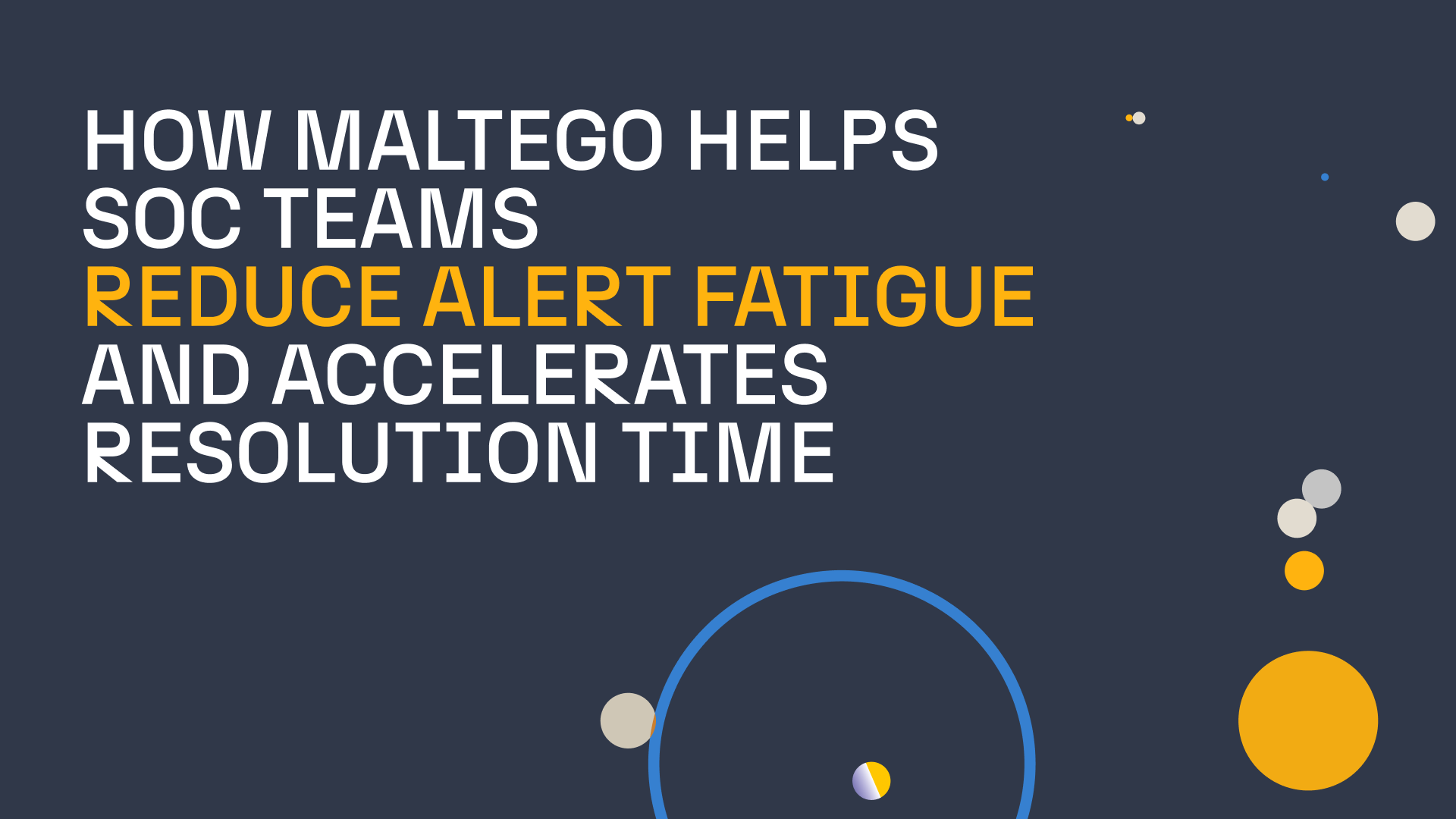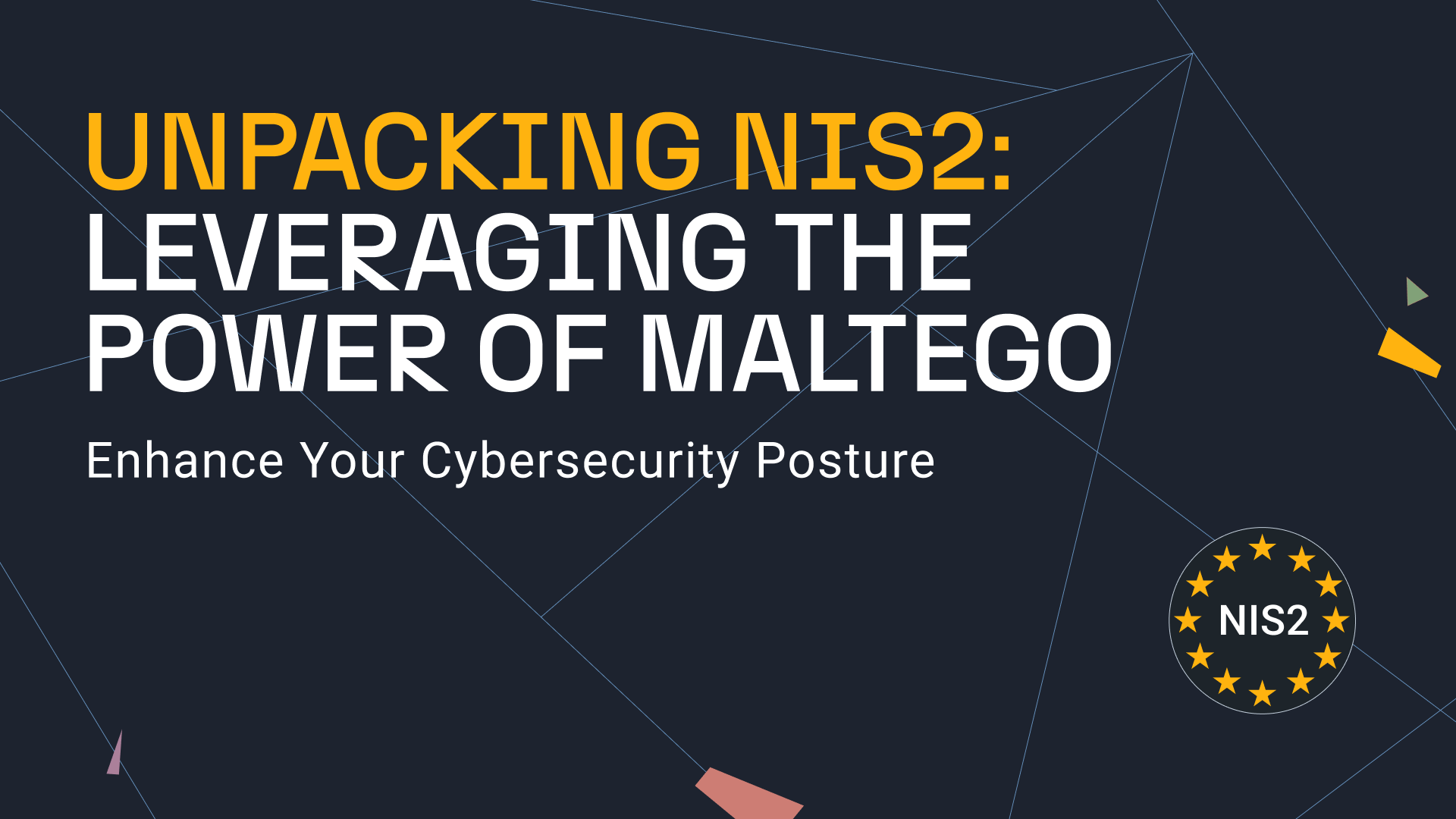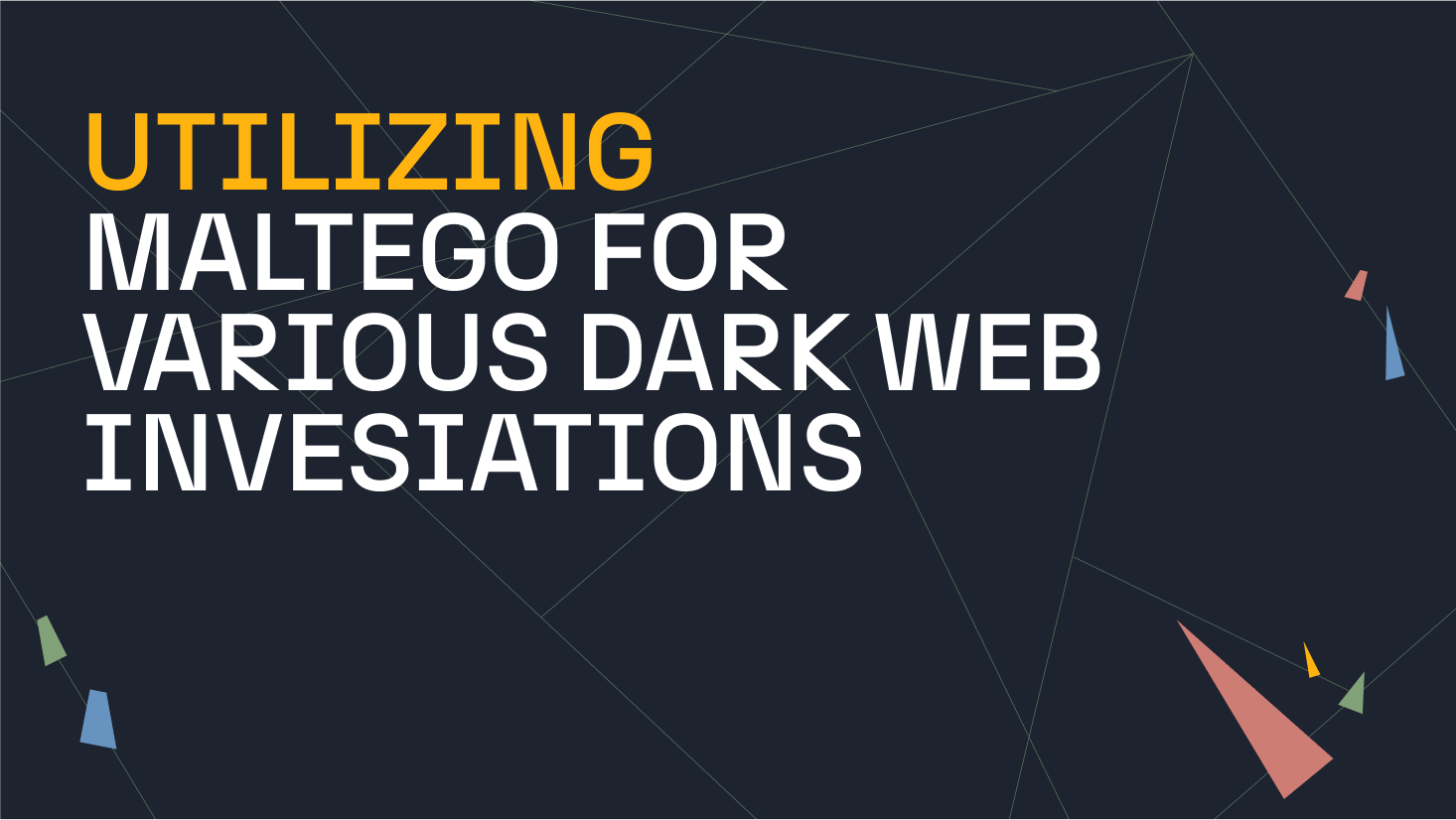We have witnessed a dramatic evolution in the cyber threat landscape in the last few years, which has urged organizations to invest more in advanced security tools to detect and respond to cyber threats.
The primary function of most of these security tools is to create and respond to security alerts, which inevitably contributes to the thousands of signals generated by servers, firewalls, routers, EDRs, antivirus, proxies, IDS/IPS, etc. However, as Security Operation Center (SOC) teams employ new tools and technologies to combat threats, they are faced with the daunting task of managing an overwhelming number of alerts.
According to the 2020 State of SecOps and Automation report from dimensional research in partnership with Sumo Logic—which had input from 427 IT leaders with direct responsibility for security—70% of the participants confirmed that the number of security alerts processed by SOC teams has more than doubled in the last five years.
As the number of security alerts increases, so does the number of false positives and low-fidelity alerts, increasing the amount of time required to process and remediate essential alerts.
From an organizational perspective, it decreases the investigative efficiency of a SOC team as SOC analysts become overwhelmed trying to find the critical alerts hidden in the sea of low-impact ones, which inevitably causes what is known as Alert Fatigue.
What is Alert Fatigue, and How Does It Hurt Your SOC Team? 🔗︎
Alert fatigue is caused by exposing analysts to large numbers of alerts in a short period of time, causing an overload of information and results in a reduction in the ability to prioritize more critical alerts.
Skilled SOC analysts can only handle a limited number of investigations in a day. According to a report commissioned by Fidelis Cybersecurity, most SOC analysts can only run between 7-8 investigations on a single day.
As stated by the Ponemon Institute in a report commissioned by Exabeam, analysts expend 15% of their time chasing false positives, which is almost 7 hours a week per analyst and these are hours not spent catching actual threats.
The efficiency of SOC teams can be measured by impact-based metrics like:
- Number of alerts triaged
- Number of investigations completed with definitive results
- Number of IOCs or vulnerabilities identified
Reducing time to resolution can significantly help SOC analysts to be more productive. It can be achieved through various measures, like an integrated tool stack, better SIEM playbooks to aid automated triage, or link analysis to visualize all your data in a single interface.
The solution is not to eliminate the systems that generate these alerts, which would create security blind spots in our environment; we need to use technology to help solve problems without creating new ones.
How to Reduce Alert Fatigue and Resolution Time in Your SOC Team 🔗︎
In this whitepaper, we dissect the problems causing alert fatigue in SOC teams and present the solution to accelerate and streamline the overall incident analysis and incident response workflow.
Download and read the whitepaper now to learn how to implement the solutions to alert fatigue!
Don’t forget to follow us on Twitter and LinkedIn or subscribe to our email newsletter for more whitepapers, case studies, and SOC tips like this!







